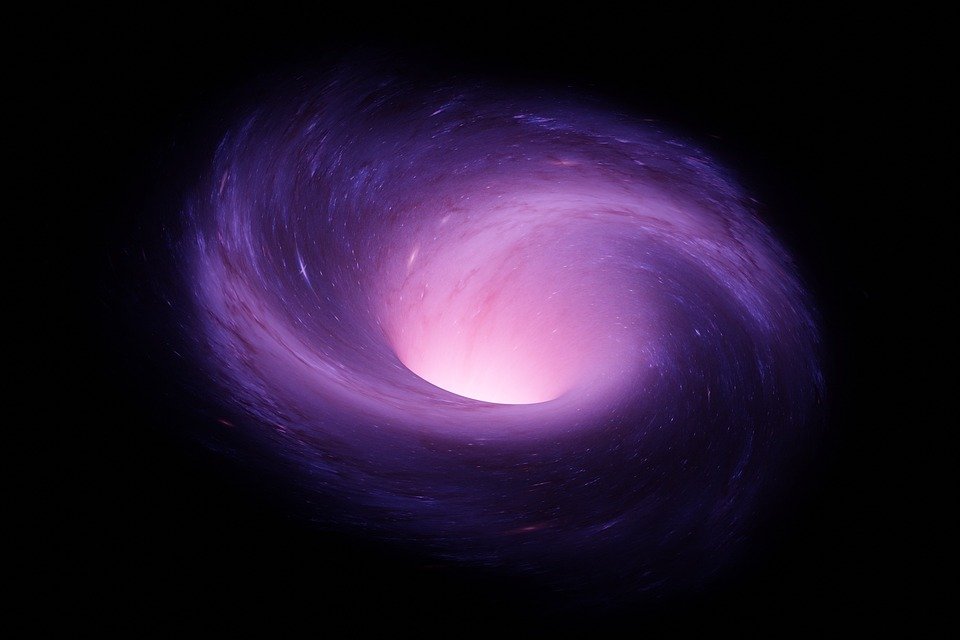The Rise of AI-Powered Holography: A Glimpse into the Exciting Future Ahead
Introduction
The field of holography has always captured our imagination, thanks to its ability to create three-dimensional images that seemingly float in mid-air. While holography has been primarily limited to science fiction or high-tech exhibitions, recent advancements in artificial intelligence (AI) have paved the way for the rise of AI-powered holography. This exciting development promises to revolutionize various industries and provide new and immersive experiences for consumers. In this article, we will explore the current state of AI-powered holography and delve into the potential it holds for the future.
The Evolution of Holography
Holography, as a concept, dates back to the mid-20th century when Hungarian-British physicist Dennis Gabor first invented the technique. However, it wasn’t until the advent of lasers in the 1960s that holography became a practical reality. Since then, holography has been primarily used in specialized fields such as scientific research, security, and entertainment. However, the technology has remained largely inaccessible to the masses due to its complexity and cost.
The Role of AI in Holography
The integration of AI and holography has opened up a whole new realm of possibilities. AI algorithms can now analyze vast amounts of data and generate highly realistic and interactive holographic displays. This allows for the creation of lifelike virtual characters, objects, and environments that can interact with users in real-time. By leveraging AI, holography is becoming more accessible, affordable, and user-friendly, paving the way for widespread adoption and innovation.
Applications of AI-Powered Holography
AI-powered holography has already found applications across various industries. In the medical field, holographic displays can assist surgeons during complex procedures by visualizing patient data and providing real-time guidance. Similarly, in education, holography can enhance the learning experience by bringing complex subjects to life and allowing students to interact with virtual models. Moreover, in the entertainment industry, AI-powered holography enables the creation of immersive Virtual reality experiences and realistic virtual concerts.
The Future of AI-Powered Holography
The future of AI-powered holography is incredibly promising. As AI algorithms continue to evolve, holographic displays will become more sophisticated and realistic, blurring the line between the virtual and physical worlds. We can expect to see holographic displays integrated into our everyday lives, from advertising and communication to gaming and social media. Additionally, AI-powered holography will revolutionize the way we interact with technology, creating intuitive and immersive interfaces that respond to our gestures and voice commands.
FAQs
1. How does AI-powered holography work?
AI-powered holography works by utilizing AI algorithms to analyze data and generate holographic displays. The algorithms process various inputs, such as images, videos, or 3D models, and use deep learning techniques to create realistic and interactive holographic content.
2. What are the potential advantages of AI-powered holography?
AI-powered holography offers several advantages. It enables more immersive and interactive experiences, enhances visualization in fields like medicine and education, and opens up new possibilities for entertainment and communication. Moreover, AI-powered holography can be more cost-effective and accessible than traditional holography methods.
3. Are there any limitations to AI-powered holography?
While AI-powered holography shows immense potential, there are still some limitations to overcome. The technology requires significant computational power and advanced hardware to generate real-time holographic displays. Additionally, the current state of AI algorithms may not fully capture the complexity and subtleties of real-world objects and environments, resulting in some limitations in visual fidelity.
4. How soon can we expect AI-powered holography to become mainstream?
The integration of AI and holography is already underway, with several companies and research institutions actively working on advancements in the field. While widespread adoption may take some time, we can expect to see AI-powered holography gradually becoming more mainstream within the next decade.
5. What industries will benefit the most from AI-powered holography?
AI-powered holography has the potential to benefit a wide range of industries. It can revolutionize healthcare by assisting in surgeries and medical training. It can transform education by providing immersive learning experiences. The entertainment industry can utilize AI-powered holography to create realistic virtual reality experiences and enhance live performances. Additionally, industries such as advertising, gaming, and communication can also greatly benefit from this technology.
Conclusion
AI-powered holography is set to reshape our perception of reality and revolutionize various industries. Through the integration of AI algorithms with holographic technology, we are witnessing the birth of a new era of immersive and interactive experiences. As the technology continues to evolve, we can expect AI-powered holography to become an integral part of our everyday lives, enabling us to explore new frontiers and interact with virtual worlds like never before.

